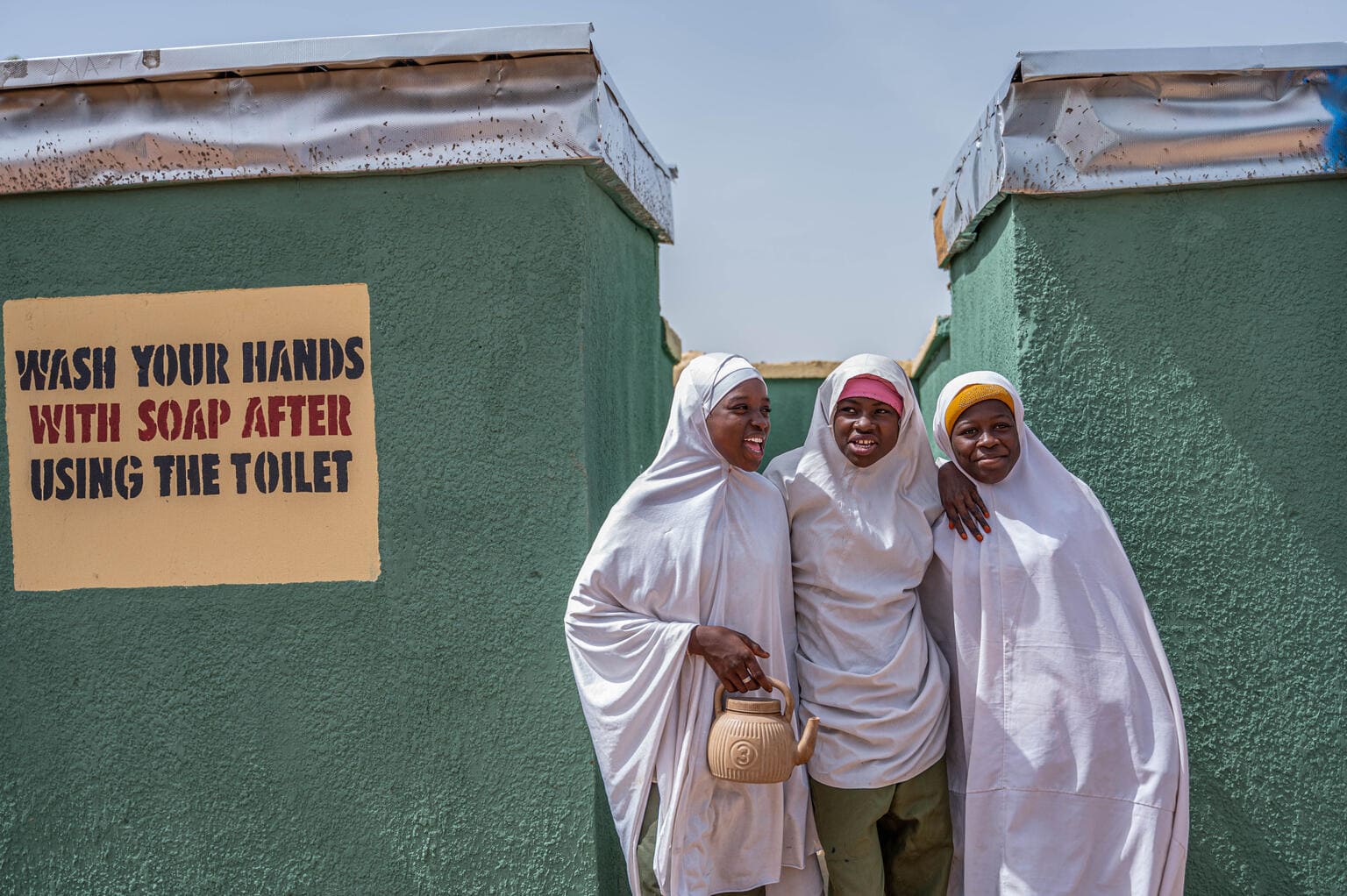Universal access to adequate sanitation is a fundamental need and human right. Securing access for all would go a long way in reducing illness and death, especially among children. “Safely managed” sanitation services represent a higher service level that takes into account the final disposal of excreta, in addition to the “basic” service level which requires an improved sanitation facility (such as flush toilets or latrine with a slab) not shared with other households.
Since 2000, 2.5 billion people gained access to safely managed sanitation services. Still, in 2022 3.4 billion people lacked safely managed services, of which approximately 1.9 billion had basic services. Among the 1.5 billion people lacking even basic services, 570 million shared improved sanitation facilities with other households, and 545 million used “unimproved” facilities, while 419 million practicing open defecation. The data reveal pronounced disparities, with nine out of ten people practicing open defecation in rural areas. More than 50% of them lived in sub-Saharan Africa and Central and Southern Asia.
Despite encouraging progress on sanitation, much unfinished business remains and large disparities in access still exist in 2022. Almost all developed countries have achieved universal access, but sanitation coverage varies widely in developing countries. In 2022, 59 countries had achieved universal (>99 per cent) access to basic services, including nine countries that had achieved universal access to safely managed services. Yet, in 55 countries, less than half of the population had safely managed services.
Open defecation and gender implications
Open defecation refers to the practise of defecating in fields, forests, bushes, bodies of water or other open spaces. Defecating in the open is an affront to dignity and risk to children’s nutrition and to community health. The elimination of open defecation is recognized as a top priority for improving health, nutrition and productivity of developing country populations and is explicitly mentioned in SDG target 6.2.
Among the 1.5 billion people without basic sanitation services in 2020, 419 million used no form of toilet and practised open defecation. In 13 countries, 1 in 4 people practised open defecation in 2022. Open defecation is most widespread in sub-Saharan Africa, but is also high in Central and Southern Asia as well as Oceania.
In 23 countries, open defecation decreased by more than five percentage points between 2015 and 2022. Moreover, disparities within countries is still striking in 2022, with 90 per cent of the population practising open defecation lived in rural areas.
No sanitation services, have gender implications. Women and girls who need to leave the household for defecation and urination may face harassment or risks of sexual violence, especially at night. More women (67 per cent) than men (33 per cent) reported needing to carry water to the location they used for daytime defecation.
Drinking water, sanitation and hygiene (WASH) estimates
Water, sanitation & hygiene (WASH) data
Build and download your own customisable dataset
Resources
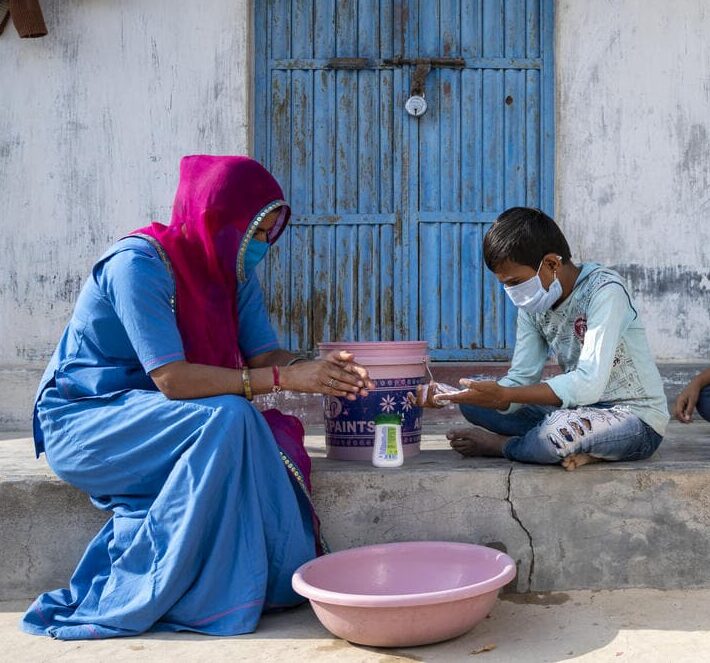
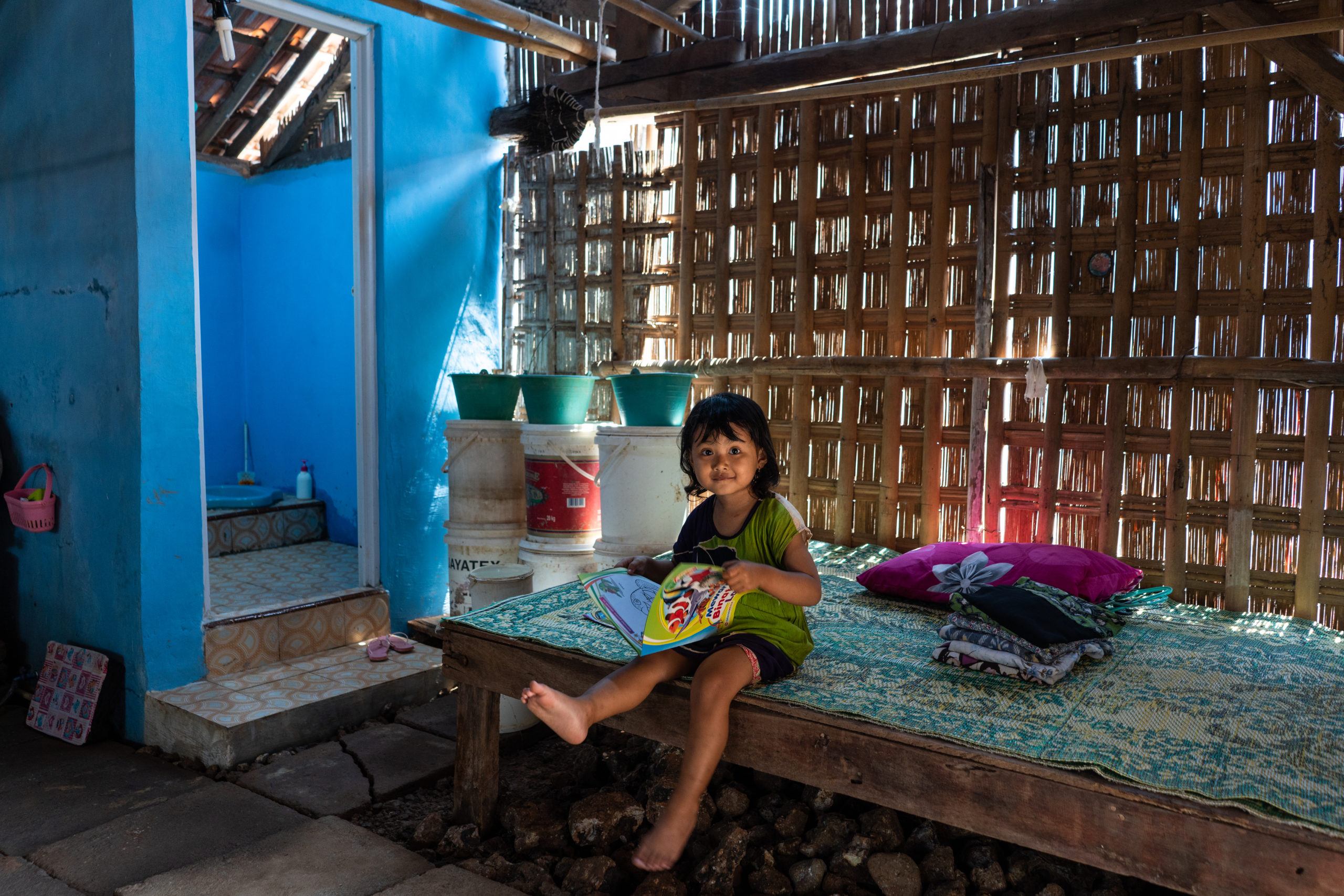
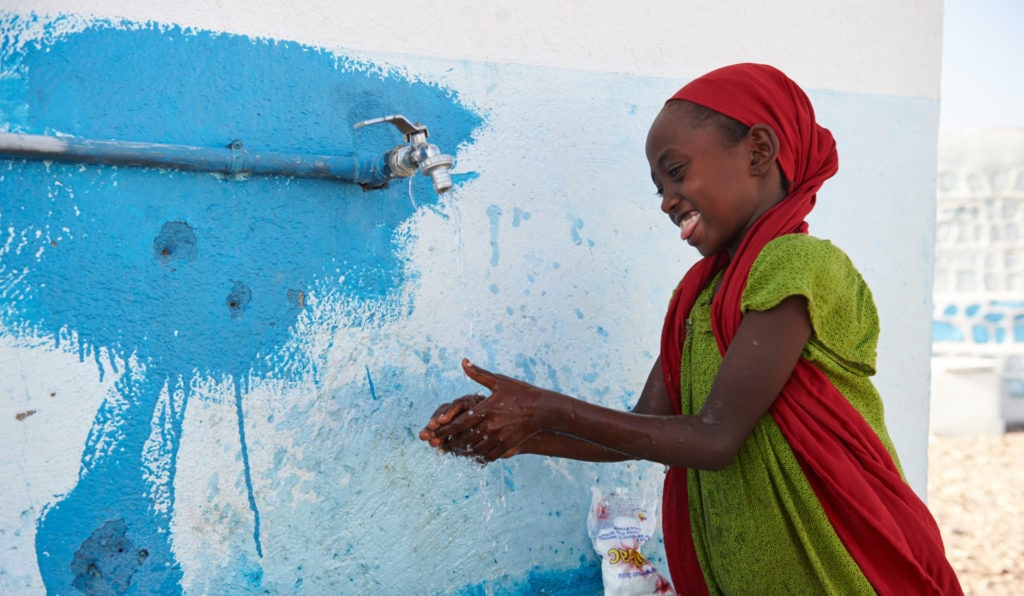
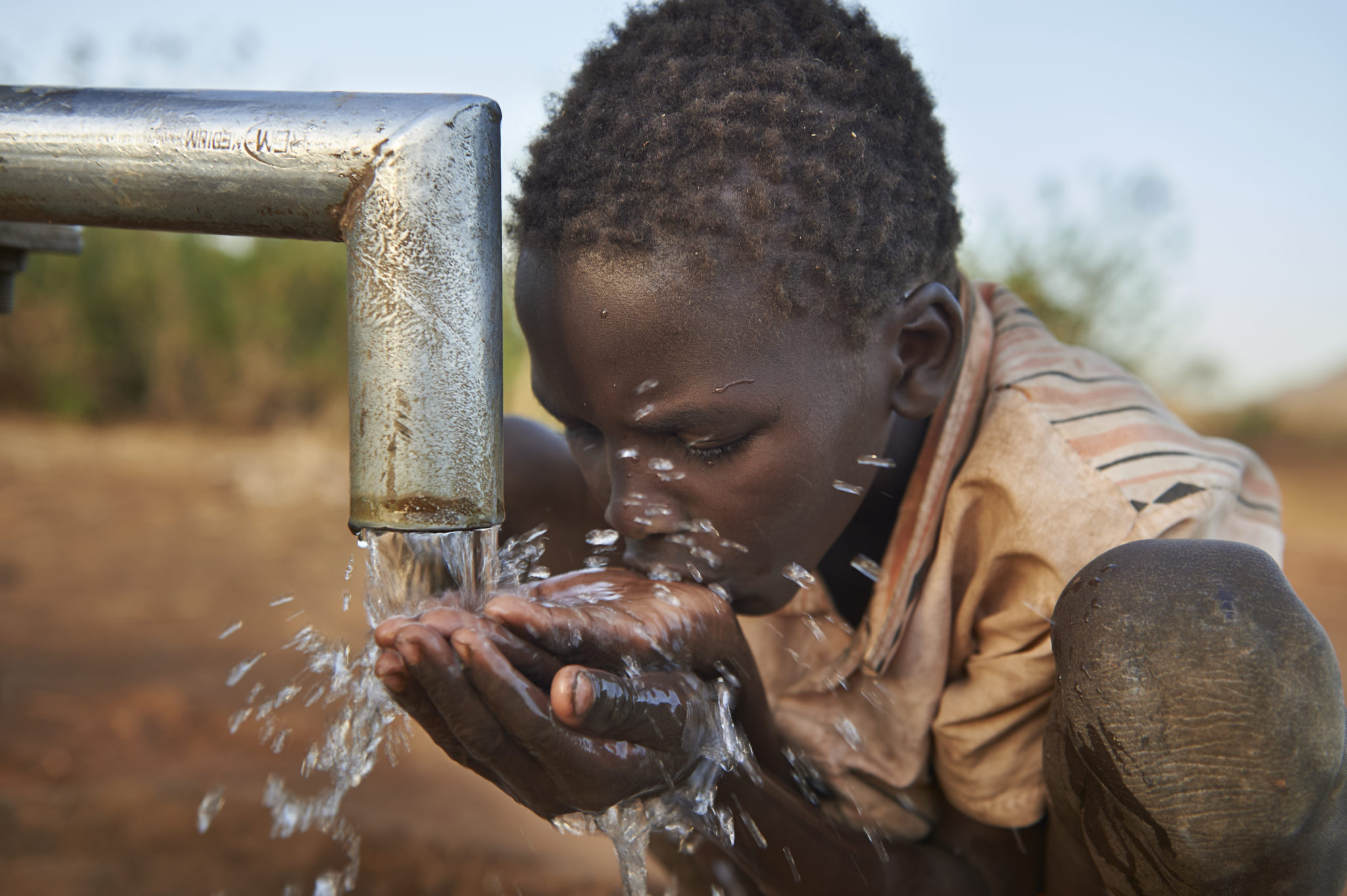

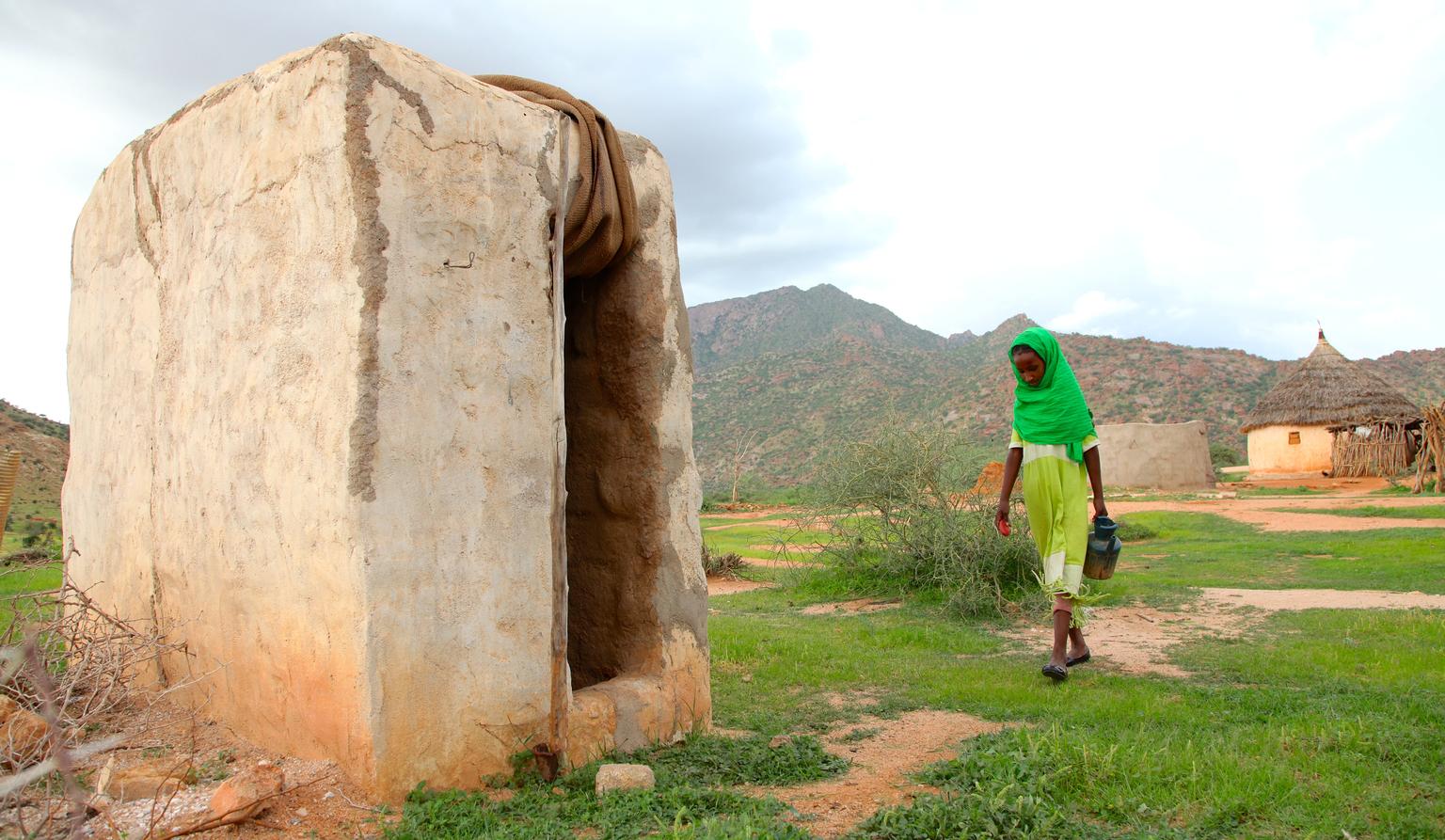
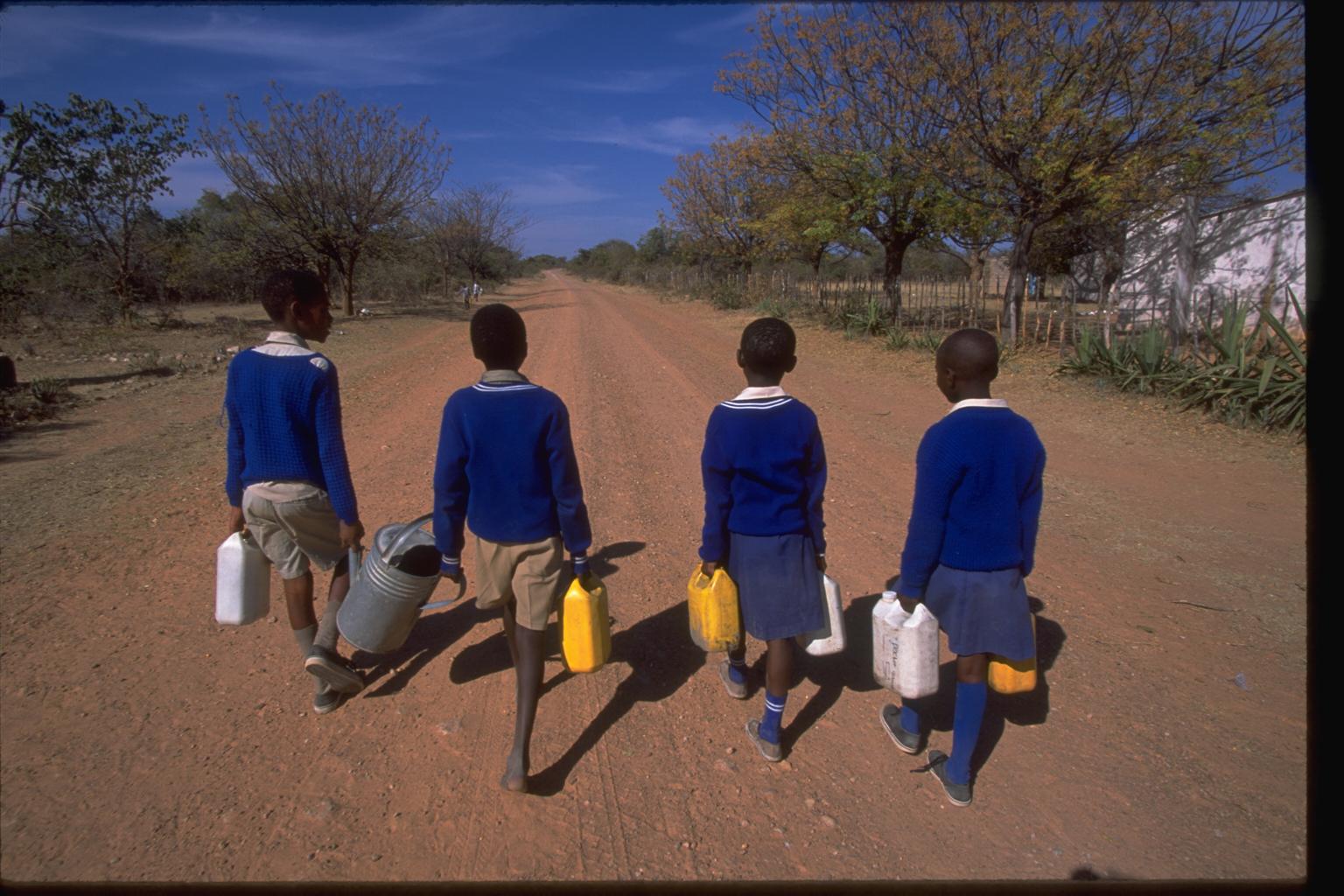
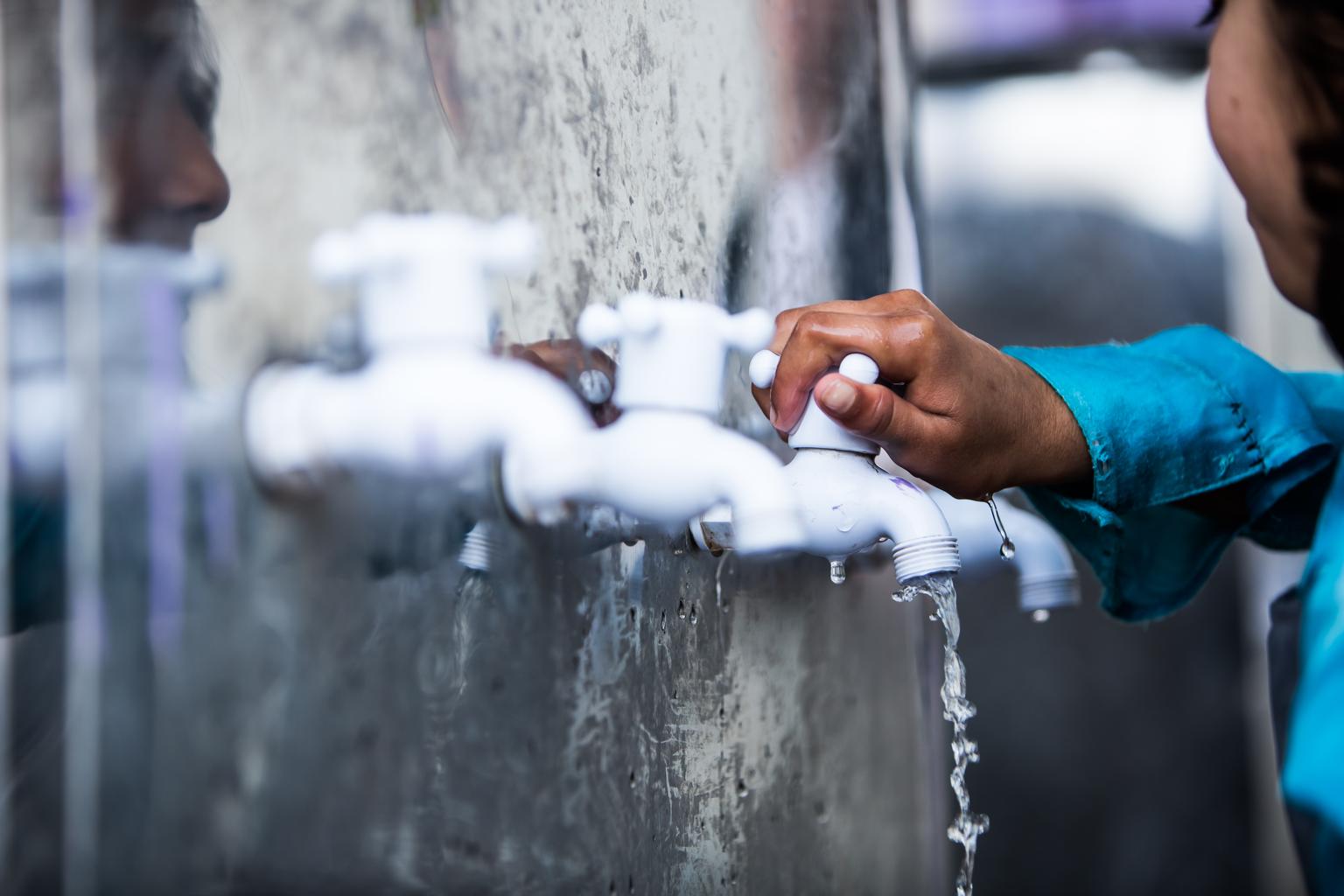
Notes on the data
WHO/UNICEF Joint Monitoring Programme for Water Supply, Sanitation and Hygiene
Since 1990, WHO and UNICEF have tracked progress on global water and sanitation goals through the Joint Monitoring Programme for Water Supply, Sanitation and Hygiene (JMP). The JMP monitors trends in coverage; helps build national monitoring capacity in developing countries; develops and harmonises questionnaires, indicators and definitions to ensure comparability of data over time and among countries; and informs policymakers of the status of the water supply and sanitation sector through annual publications. The JMP draws guidance from a technical advisory group of leading experts in water supply, sanitation and hygiene, and from institutions involved in data collection and sector monitoring. Further information about the JMP and its methodology can be found at the JMP website.
Data sources
The JMP estimates for WASH in households are based on information collected through national data from a wide range of different data sources, censuses and surveys, as well as secondary sources in the absence of primary data. Data are harmonized to the extent possible based on internationally agreed indicator definitions. Further details on indicators, data sources and methods for WASH in households estimates can be found at the JMP website, including recommended core questions to support harmonized monitoring: Core questions and indicators for monitoring WASH in households in the SDGs.
Definitions of sanitation services in households
The JMP service ladder for sanitation defines five levels of service, ranging from ‘open defecation’ (no service) to ‘safely managed’ which is the global indicator on sanitation for SDG target 6.2. It builds on the established improved/unimproved facility type classification and includes additional aspects of the quality of service.
Improved facilities include flush/pour flush to piped sewer systems, septic tanks or pit latrines; pit latrines with slabs and composting toilets (including twin pit latrines with slabs and container-based sanitation). For SDG monitoring, populations using improved facilities are divided into three categories. If the improved facility is shared with other households it counts as a ‘limited’ service, and if it is not shared with other households it counts as a ‘basic’ service. But to meet the SDG standard for a ‘safely managed’ service, excreta must either be safely disposed of in situ or removed and treated off-site. The JMP also tracks the population using ‘unimproved’ facilities (including pit latrines without a slab or platform, hanging latrines or bucket latrines) and those practising ‘open defecation’ (disposal of faeces in fields, forests, bushes, open bodies of water, beaches or other open places, or with solid waste.
Since households with ‘safely managed’ services also meet the criteria for ‘basic’ services, these two categories can also be grouped together as ‘at least basic services’, which is one of the tracer indicators used for monitoring progress towards SDG target 1.4 on universal access to basic services.
